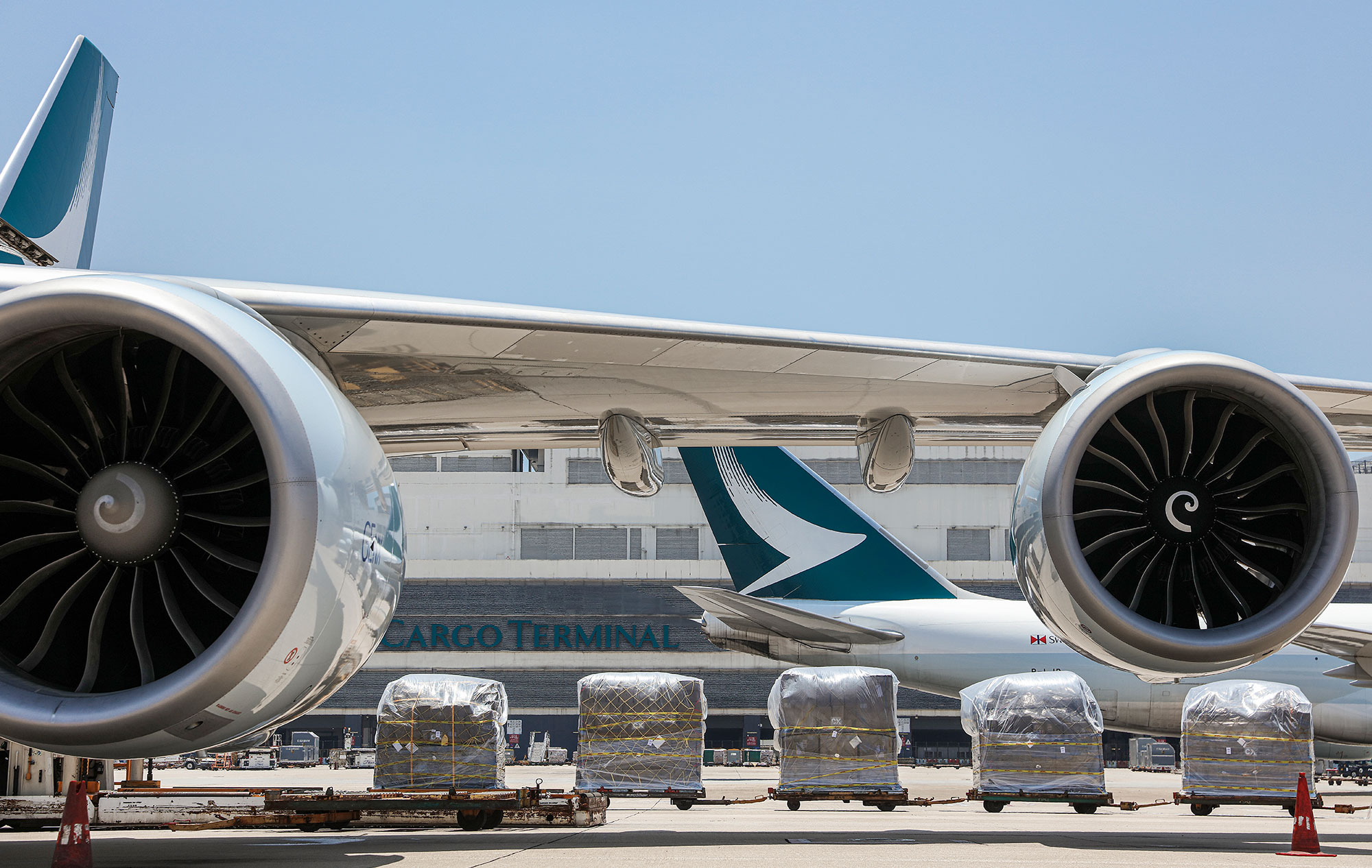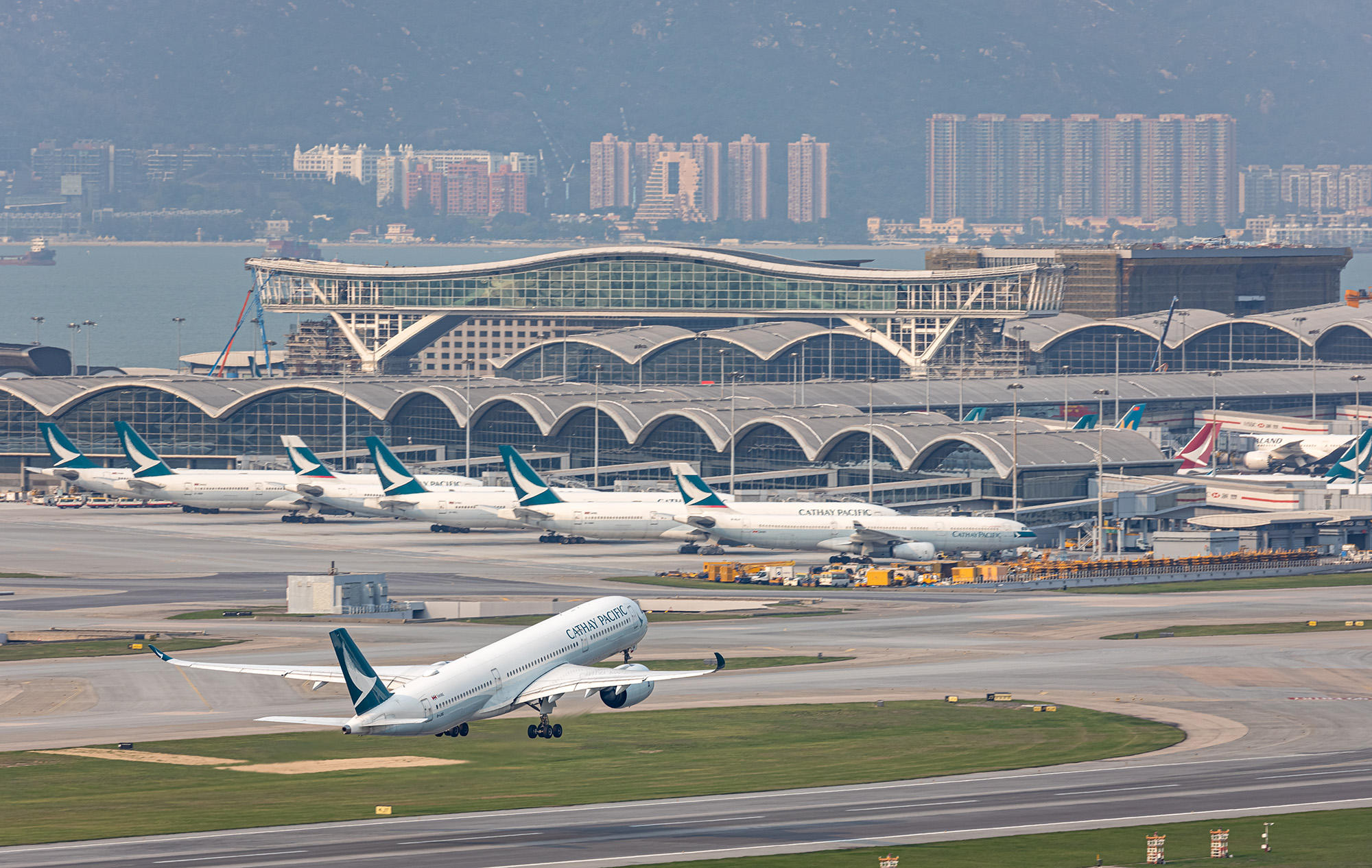
After a sluggish spell characterised by overcapacity and tepid demand, airfreight has taken off again. March saw an increase in global air cargo traffic by 14%, the fastest growth for the industry since October 2010. Since last autumn business has picked up, coinciding with broader improvement in global trading conditions.
The momentum slowed down a notch in April, with 8.5% growth, but the underlying fundamentals point to a solid base for an ongoing recovery.
Michael Steen, executive vice-president and chief commercial officer of Atlas Air Worldwide, the largest freighter-leasing firm, pointed to increased consumption, rising global trade and the strong momentum of e-commerce. “These are all snowballing now,” he said.
IATA predicts 7.5% growth for the full year, which is significantly better than the 3.5% average annual growth rate in the past five years. For the longer term, aircraft manufacturer Boeing projects annual average growth of 5.2% between 2015-2035.
And Asia is at the heart of this expansion. Airfreight shipments in the Asia-Pacific region were up 13% in the first quarter, compared to 8.3% overall. Boeing’s analysts see Asian markets leading the charge up to 2035, with the strongest increase within the region, followed by the trade lanes linking Asia with Europe and the Americas.
The strongest drivers are e-commerce and pharmaceuticals. DHL sees international e-commerce flows growing twice as fast as its domestic market traffic, and the hectic activity at many large airports to ramp up express and e-commerce infrastructure indicates that this optimism is widely shared. Pharmaceutical shipments by air stand to rise thanks to tighter regulatory requirements for this sector being introduced. According to industry tracking provider Tracelink, more than 75% of prescription medications worldwide will be covered by the new rules by the end of 2018.
Food and flowers constitute a third strong engine for growth, and again Asia is at the centre of this. The rising affluence and appetite of Chinese consumers has produced steady streams of lobster and crabs from Canada, salmon from Norway, Canada and Chile, and myriad fruit and vegetables. About half of Chile’s entire cherry crop last year was sold in China.
Despite these encouraging signs, IATA director general Alexandre de Juniac issued a cautionary note about complacency and the “dual headwinds” of rising fuel and labour costs and urged operators to move away from outdated processes.
He said: “It remains critical to use the improvement in the industry’s fortunes, as an opportunity to enhance the value offering, by implementing modern customer-centric initiatives that streamline processes and reduce costs.”








